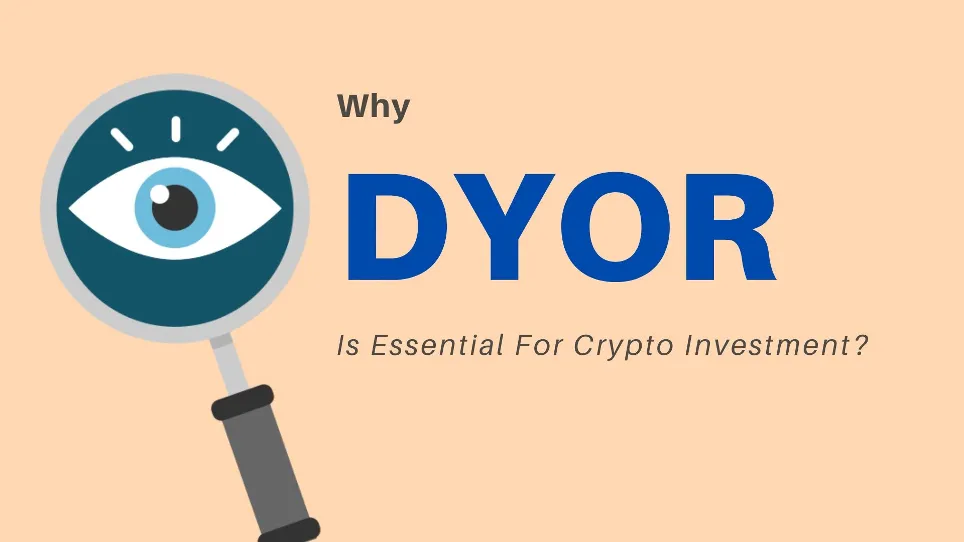
Hello guys! (@justclickindiva @gratitudemine)After the first part about “How to DYOR” let’s continue with this article! If you missed my first article, you can find it on my profile!
3) Project Website
Click on and read through all the links on the project’s website. While having a great website isn’t completely necessary, a terrible website is typically a red flag. Pay attention to the finer details- spelling and grammar mistakes are usually not a good sign either.
The website should clearly define what the project is, what its goals are and what its value proposition is upfront. If you can’t easily understand what the project is trying to do, or the information is confusing or vague, that’s not usually a good sign.
Go as deep as you can into the project’s website to try to understand exactly what the project is. Be critical about the project, the team, their promise and whether they’re delivering on it. Look for the reasons why it may not be a good investment rather than blindly convincing yourself it is. Think of it like a business and ask yourself whether you would really want to back it.
Note the project’s partnerships and backers, and research those too. Partnerships are important for adding value to a project. However, make sure to understand the details of the partnership before making a judgement.
Ask yourself:
- What is the website like?
- Does the website clearly state the project’s purpose?
- Are there any red flags?
- Who is the project partnered with?
Resources:
- Project's website
- Project’s blog
4)Whitepaper
One of the most important things to look at when carrying out a fundamental analysis of a crypto is its whitepaper.

A whitepaper is basically the crypto project’s business plan. It is a detailed proposal written by the development team outlining the purpose and design of the project. It will typically include information about the team behind the project, the tools and technology used by the project, tokenomics, consensus mechanism, future goals, partnerships and use-cases.
A good whitepaper should have a clear explanation of the project's goal. Do you understand exactly what the project is trying to do? If it’s not clear, it may be a red flag. Make sure to read through, scrutinize and understand all of the claims and promises made in the whitepaper. Be as critical as possible. This is essential to fully understand the project.
Try to also understand the current stage of the project’s development. Consider what this project is doing differently- what will set them apart or make them successful?
A whitepaper can offer a lot of information about the project and is where many red flags such as bad tokenomics, unrealistic promises, and an unclear roadmap can first be highlighted. When looking at the whitepaper, also pay close attention to the project’s tokenomics and distribution model (for more on tokenomics, click here.) If the tokenomic model isn’t good, you can rule it out as an investment!
Note that it’s a good idea to try and cross-check the information you find within the whitepaper with outside discussions about the project. Consider what other people are saying about it and whether there are any red flags.
Ask yourself:
- Is the Whitepaper well written?
- Does the Whitepaper clearly state what the project is trying to do?
- What does the tokenomics and distribution model look like?
- What stage of development is the project at? (Do they have a beta version available?)
- What will set this team/project apart or make them successful?
Resources:
- Whitepapers can typically be found on the crypto project’s website
- Otherwise, check out allcryptowhitepapers.com
In next articles we’ll see more thing about how to DYOR!
Follow my profile so you will not miss them!
